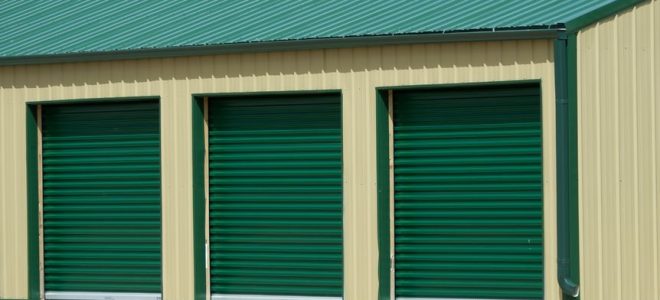In this region, it’s crucial for homes and businesses to properly store non-perishable items. Due to the area’s varying climate, these goods must be stored in a manner that preserves their quality and extends their shelf life. Understanding the best practices for storing bulk grains, dried fruits, and pantry staples is vital to ensuring their safety and usability over time.
Recognizing the Fundamentals of Dry Goods Storage
Dry goods storage in Minnesota must account for the state’s unique climate, which includes hot summers and cold winters. If these temperature swings are not well controlled, food that has been stored may suffer in quality. Adequate dry goods storage aims to keep food items free from contaminants, moisture, and pests, all of which can cause spoilage and waste. Keeping things cold and steady is one of the most important aspects of dry goods storage. This range protects food from heat-related deterioration and helps to prevent mold and bacteria growth. It is often recommended to use climate-controlled storage solutions due to the state’s extreme temperature fluctuations, especially for commercial operations handling significant quantities of dry products. Proper packing is a vital aspect of storing these items. Utilizing airtight containers helps protect against pests and moisture, ensuring the quality and longevity of the stored goods. Glass, metal, and sturdy plastic containers are the best since they provide strong resistance to outside influences.
Best Practices for Dry Good Food Storage in Minnesota
When it comes to dry good food storage in Minnesota, it’s not just about where you store your items but how you organize them. Keeping things organized helps to ensure that food is used before it goes terrible and that nothing is overlooked or thrown away. Labeling is a straightforward but efficient way to manage your dry goods inventory. The contents and the date of storage should be prominently shown on the label of each container. This procedure is especially crucial for companies that handle large quantities of dry goods because it reduces waste and rotates inventory. To preserve the freshness and quality of your food storage, you can make sure that older goods are utilized before newer ones by employing the first-in, first-out (FIFO) strategy. Examining your storage area is another recommended activity. Even under ideal circumstances, moisture and pests can infiltrate storage spaces, causing contamination and spoilage. Frequent inspections assist in identifying problems early on and enable prompt action to minimize any damage.
The Role of Technology in Modern Dry Goods Storage
As technology continues to advance, it plays an increasingly important role in dry goods storage in Minnesota. Innovations such as quick storage systems and monitoring technologies enable more precise control over storage conditions. Real-time temperature and humidity monitoring are possible with these technologies, which can also send out alarms when circumstances stray from ideal ranges. Automated inventory systems and monitoring instruments can help manage large amounts of dry products. The efficient management of resources is facilitated by these systems, which keep track of stock levels, expiration dates, and even usage trends. Technology can even help households store dry products more effectively. Customers are increasingly able to purchase quick containers that track their contents and notify them when supplies are running low.

